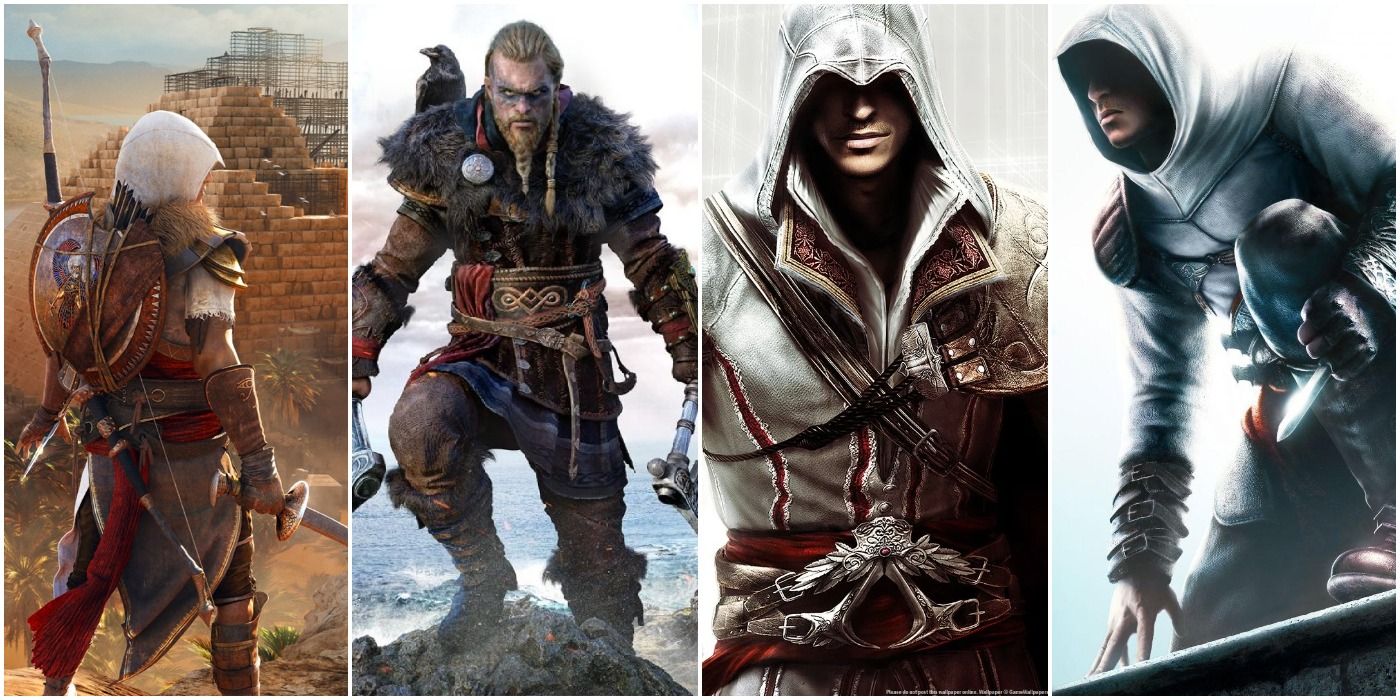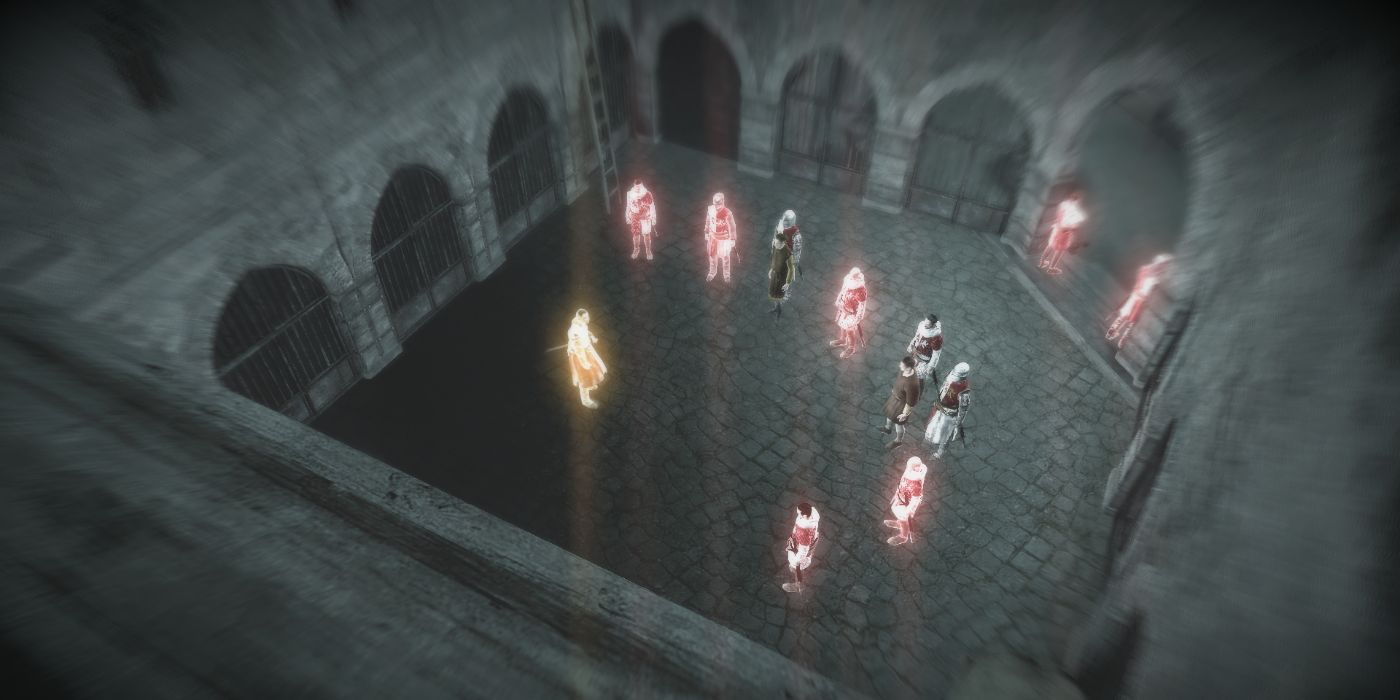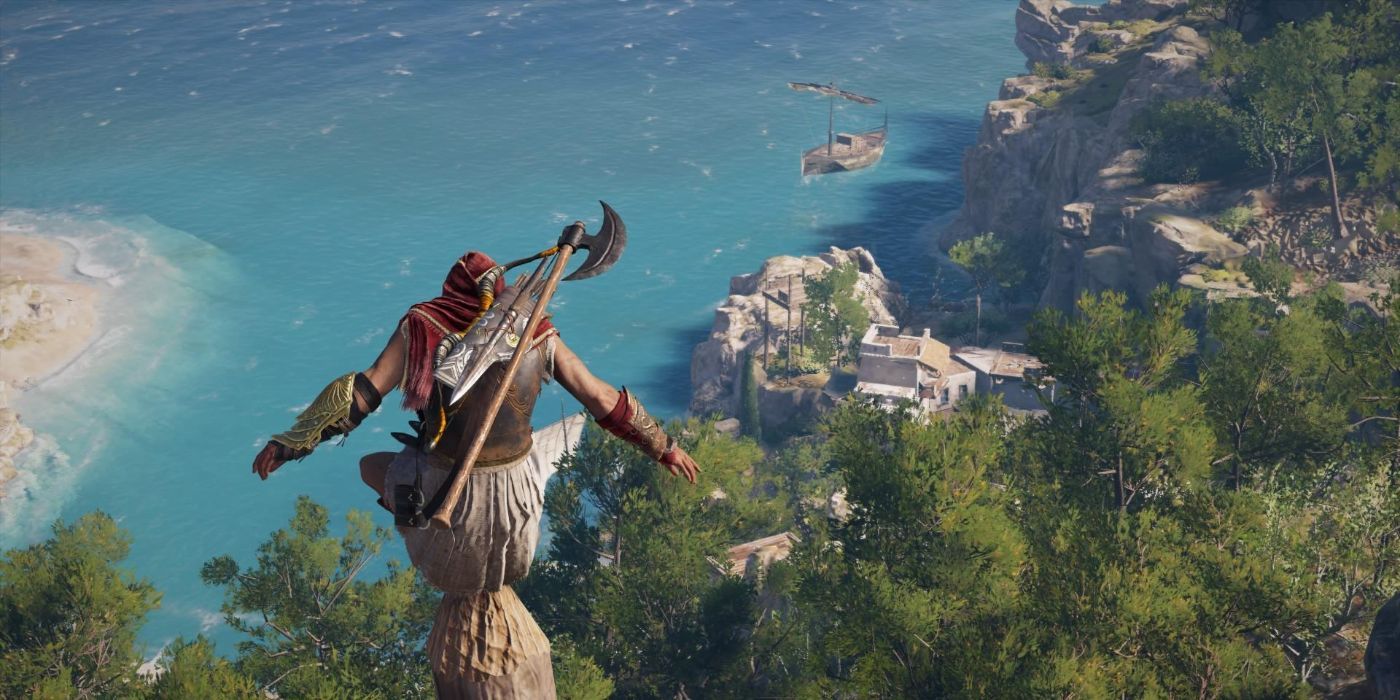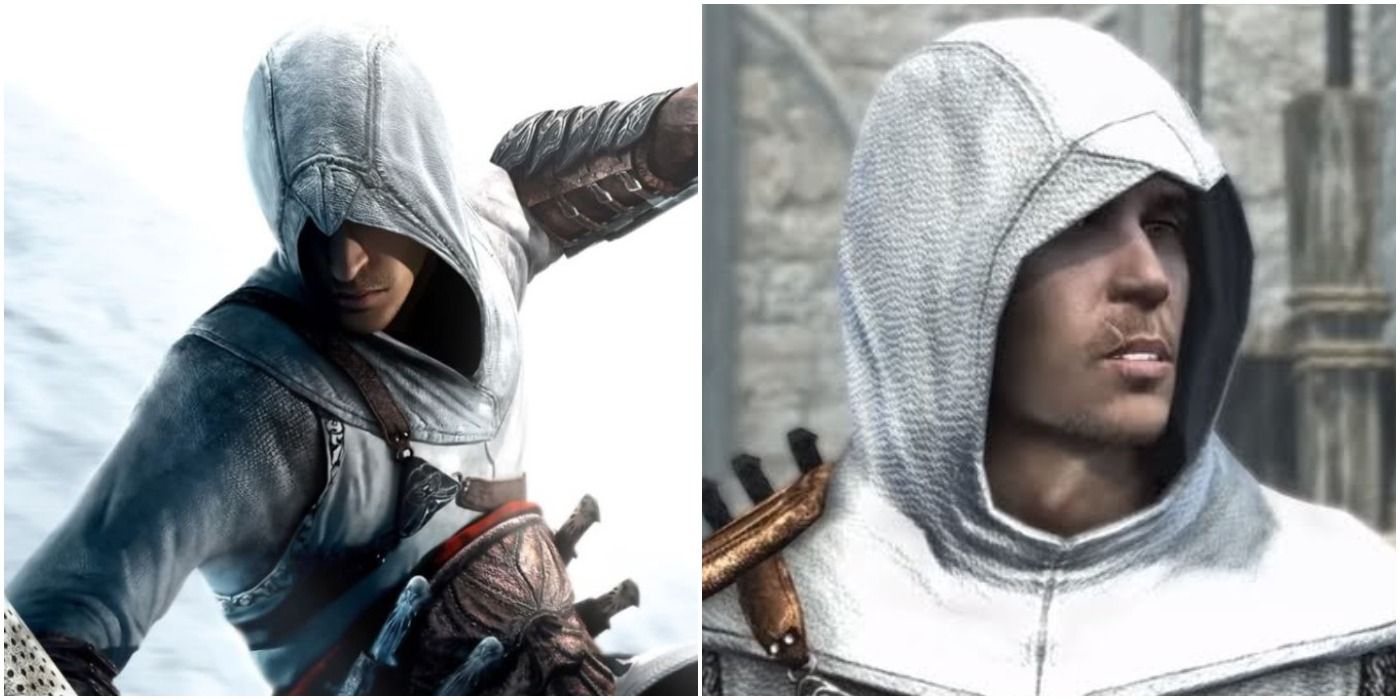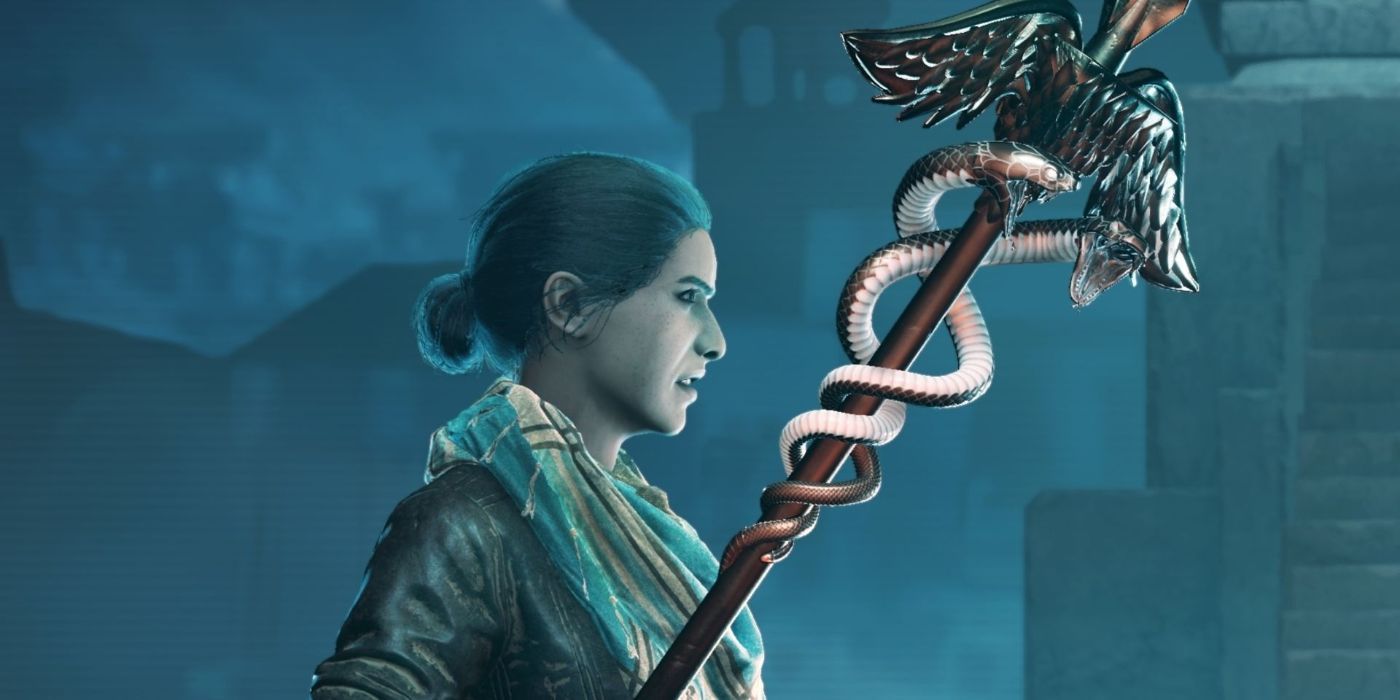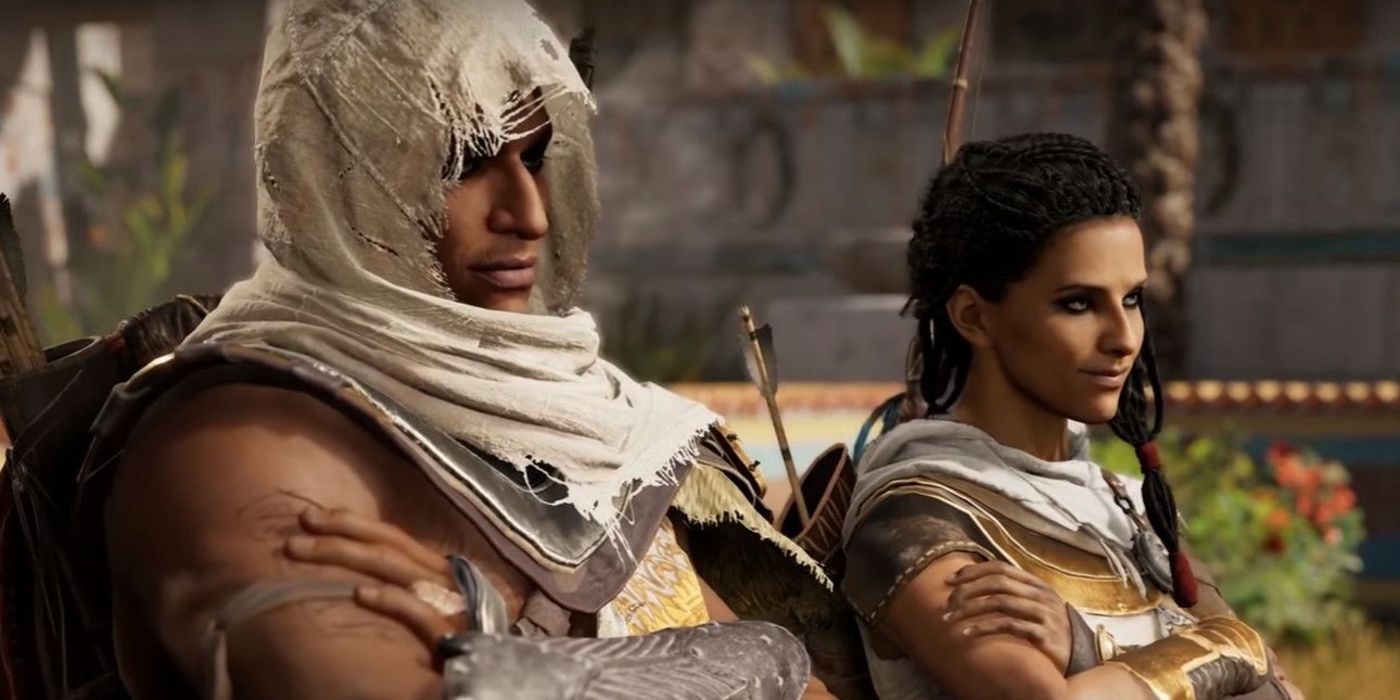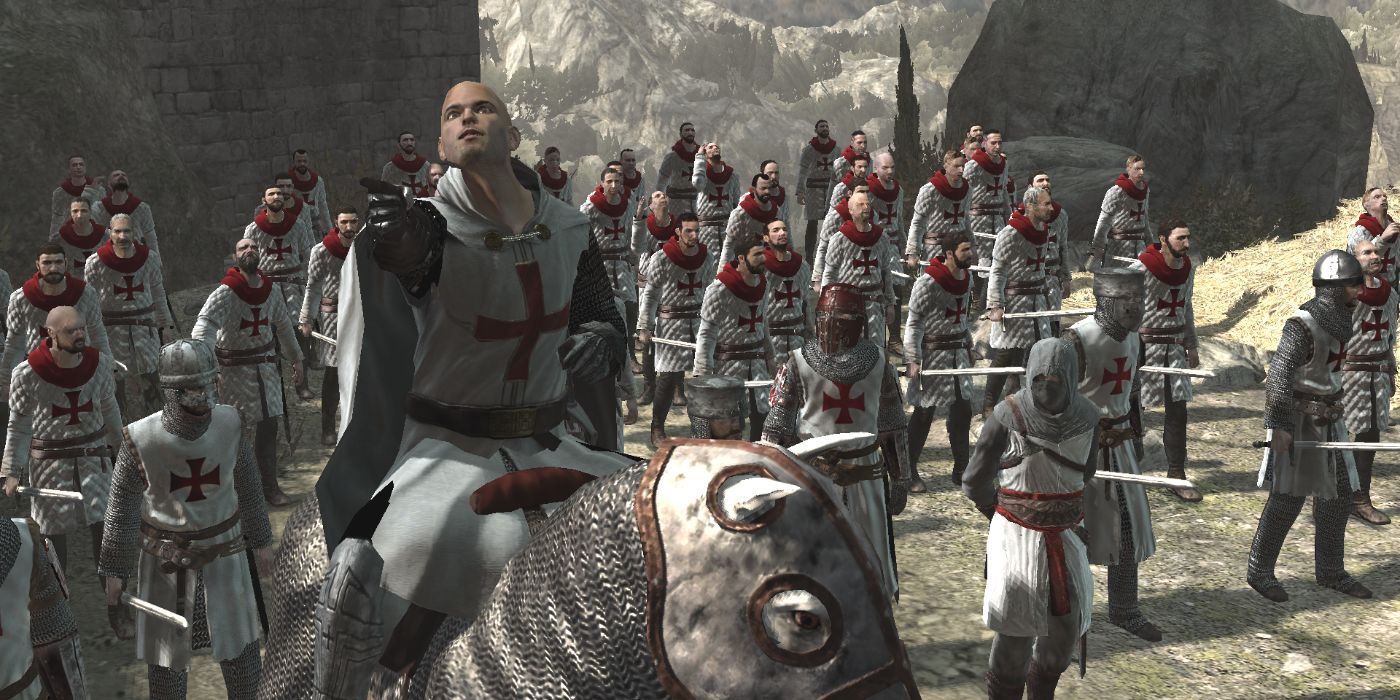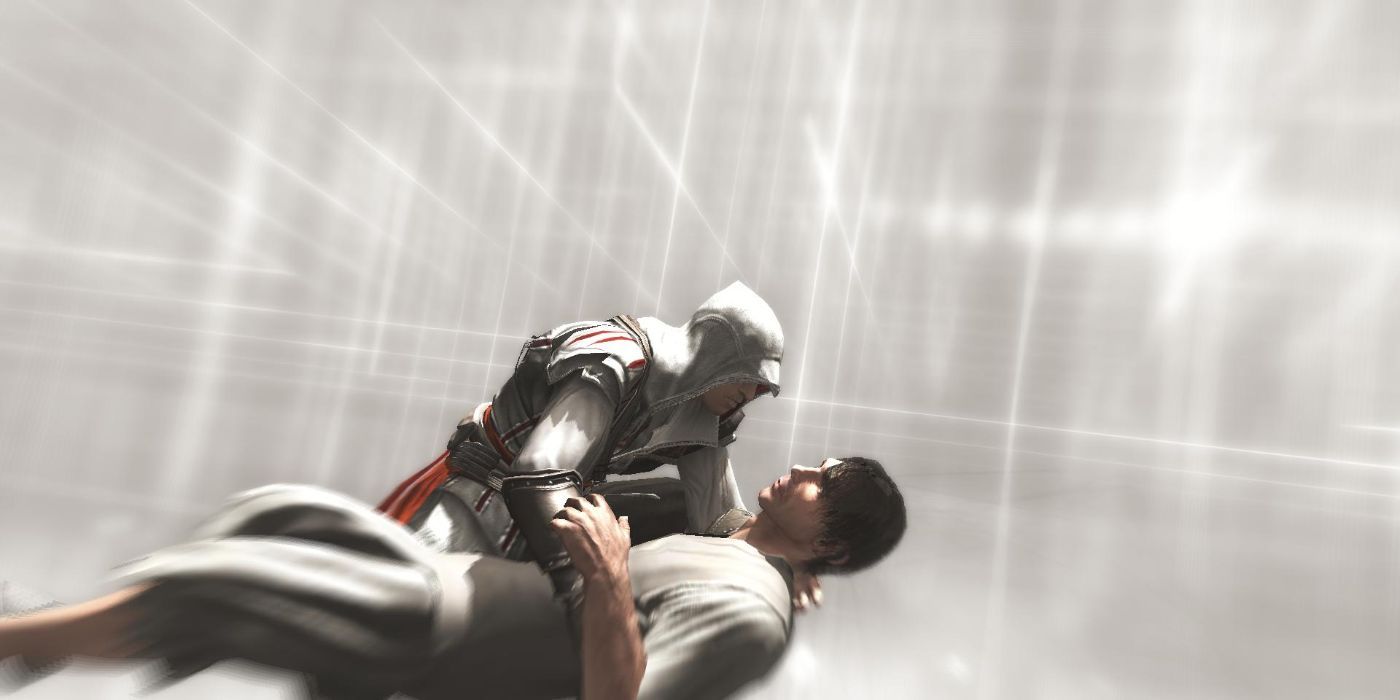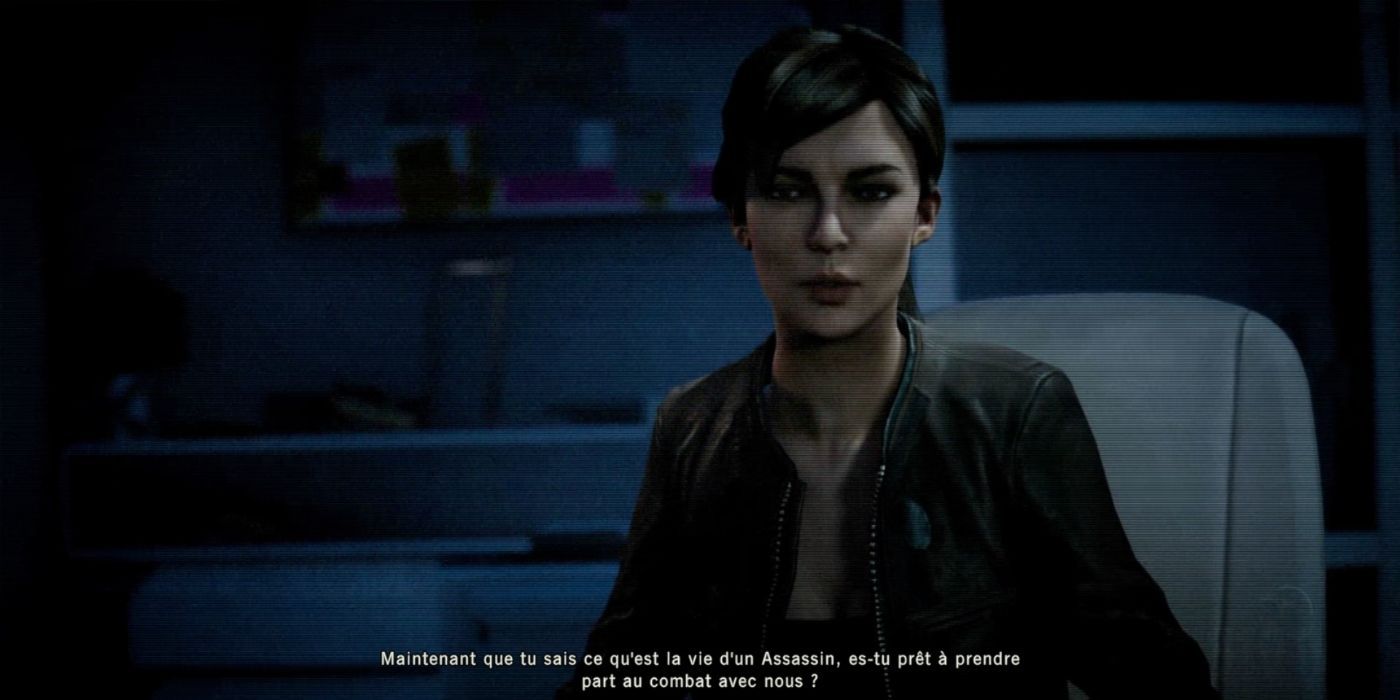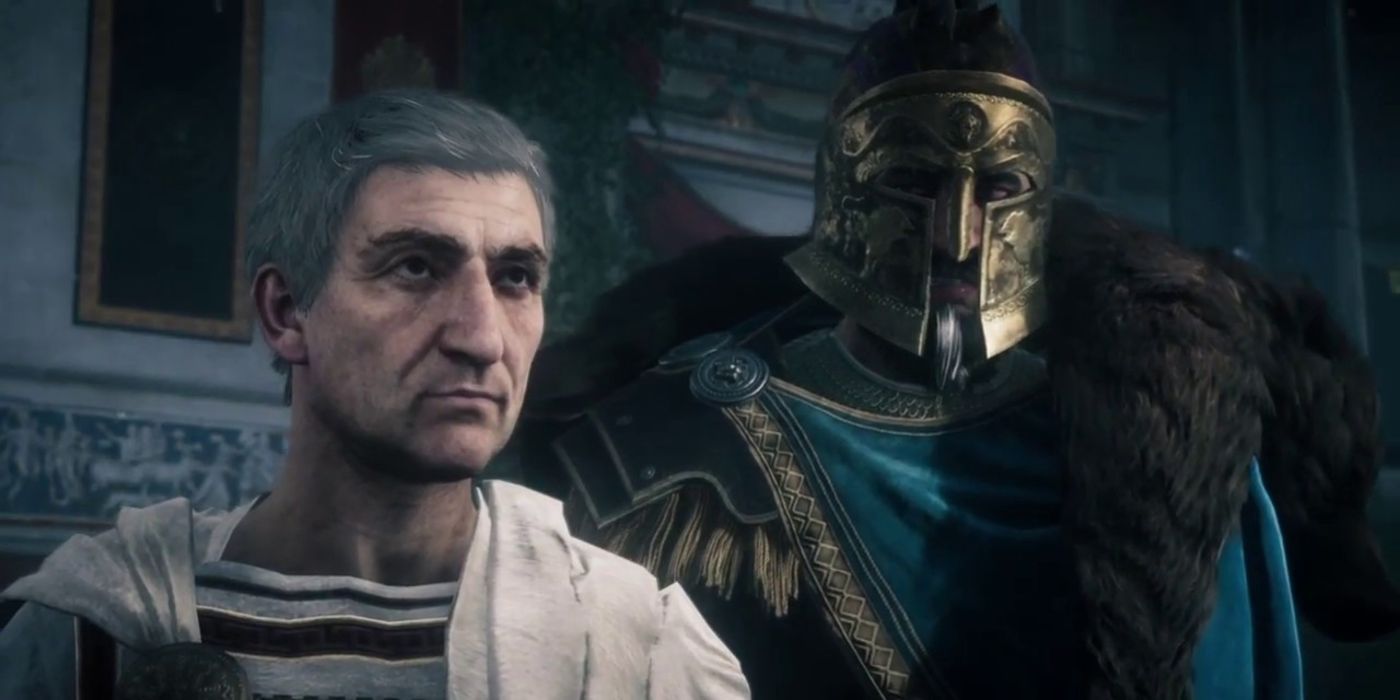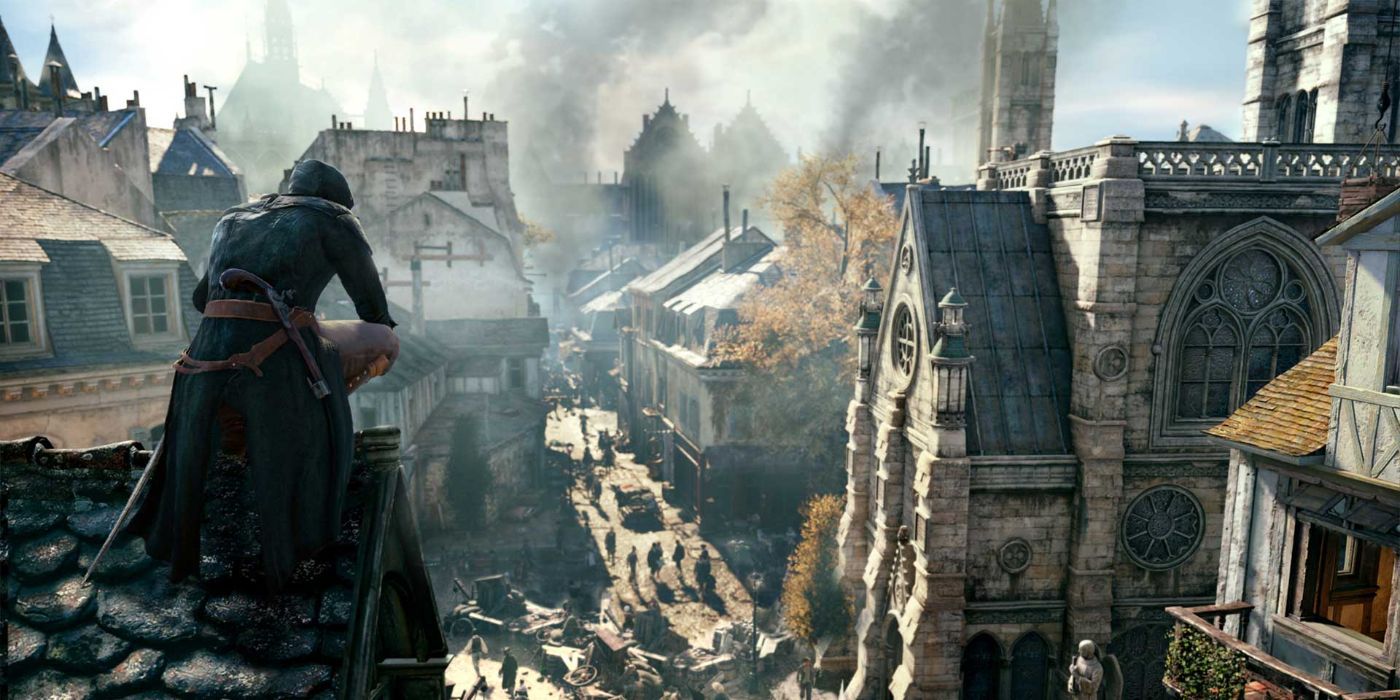The Assassin's Creed series has enjoyed its fair share of success over the last 13 years of its existence. When the first game came out back in 2007, not many people expected it to become the giant it is today. After Assassin's Creed II came out, Ubisoft took up an annual release approach for the franchise. While they had their worse moments, AC games always pulled through as solid, enjoyable experiences.
After nearly 14 years on the market, Assassin's Creed's core plotline has become incredibly convoluted. Across the 11 main titles, some plotholes and inconsistencies were bound to turn up. Fans have been arguing about certain confusing aspects for some time now, but are all of these controversial points actual plotholes?
10 The Eagle Vision Ability
Eagle Vision has been a crucial part of the franchise ever since its conception in 2007. From the gameplay perspective, it is mainly used to highlight targets, hostile NPCs, and points of interest. As the series progressed, so has the Eagle Vision mechanic. In the newest Assassin's Creed games, it has been replaced by an actual eagle used to mark points of interest on the map.
This ability is frequently referred to in the games themselves, and many fans argue that it hasn't been fully explained why certain characters have access to Eagle Vision, while most of the populace doesn't. This isn't entirely true, though. The presence of Eagle Vision is related to the triple helix DNA of the Isu. People whose cells contain significant amounts of it can use this ability, provided they're aware of this skill. This was the case with Desmond Miles, who started using it only after his first sequence in the Animus.
9 Players' Impact On The Past
Fans have grappled with this one since the first Assassin's Creed title, although the explanation is actually pretty straightforward. If everything that's going on in the Animus is just a rendition of a particular setting, why do players have a say in what happens next?
In order to understand why the player's agency in the game is not a plot hole, one needs to step out of their "gamer shell" for a moment and look at the story objectively, as someone who doesn't have direct control of the game. Everything seen in the Animus is already pre-determined and there's no way to change it, so the choices made in-game have actually been made by the characters hundreds of years ago.
8 Altair Looking Different In Revelations
When Assassin's Creed: Revelations came out, a heated discussion has sprung up around the facial features of Altair. In the first game of the franchise, the Assassin looks exactly like Desmond Miles, while in Revelations, he looks completely different. Many fans of the series cite this as a major plot hole, overlooked by Ubisoft.
It may not have been explained too well in the games, but the changes in Altairs looks are intended. Since Revelations took place a few years after the events of Assassin's Creed 1 (in the modern-day plotline), the Animus has been updated and revamped to recreate historical events more faithfully. While the prototype Animus version rendered Altair to resemble Desmond, the newer model from the later entries was able to extrapolate more data from his DNA and provide more faithful recreations.
7 Animus In Odyssey
In Assassin's Creed: Odyssey's modern-day storyline, Layla Hassan follows in Kassandra's (or Alexios's) footsteps and goes to Atlantis. In order to get to the sunken city, she needs to swim quite the distance.
When she emerges in the cave, she is able to hook herself back into the Animus, despite not having the bed required to transport oneself into the simulation. Instead, she uses a device resembling VR goggles. Players were outraged at the fact that she pulled this device out of the blue and didn't have to use any special infrastructure to use the Animus.
The development of a portable Animus prototype by Layla's team was actually featured in the games, and players with enough time to read the files on Layla's computer would find it easily.
6 The First Assassins
AC: Origins reveals that Bayek and Aya created the Hidden Ones, which would give way to the Assassin Brotherhood. They were the first ones to go against the Order of the Ancients and established the foundation for the franchise's overarching plotline.
Some fans were reluctant to accept this explanation. In Assassin's Creed II, a cutscene shows Adam and Eve (biblical first humans) leading a human rebellion against the Isu, depicted as the proto-Assassins. Many players argued that by establishing Bayek and Aya as the founding Assasins, Ubisoft's writers ignored that part of the story. In fact, Adam and Eve were the first champions of the Assassin cause, but it was Bayek and Aya who pioneered the structure and creed of the Assassin Brotherhood.
5 Inconsistent Goals Of The Templars
In the early Assassin's Creed games, the goal of the Templar Order was pretty straightforward, and not really disputable at all. They wanted to launch a satellite, that with the use of pieces of Eden would emit signals that would enable Abstergo (modern cover for the Templars) to control humanity and bring ultimate law and order to Earth.
Desmond Miles prevented the launch of the satellite (and the end of the world while at it) at the end of Assassin's Creed III. Since that moment, many fans became confused about the Templars' long-term objectives, when in fact, they haven't changed all too much -- the Order continues pursuing the pieces of Eden in an attempt to succumb humanity to their vision of an orderly society.
4 Death Confessions
This is surely the question that crossed the minds of most Assassin's Creed players. How are the targets able to talk to their killers after being murdered in a brutal fashion? The answer to that question is very meta, and doesn't actually have a lot to do with the storylines of the games.
The Assassin's Creed series is known for its use of abstract storytelling to get its points across. One of the best examples of this is the Animus machine itself as a way to present pseudo-historical events. The death confessions of characters are also a part of that storytelling technique. They're used to further the plot without prolonging the game and in some titles, they are crucial for the protagonist's character development.
3 The Present-Day Character (AC: Unity & AC: Syndicate)
Assassin's Creed: Unity and Syndicate didn't include a named character in the modern-day story. The player is simply a nameless character who collaborates with the Assassin Brotherhood.
Many gamers considered it immersion-breaking and inconsistent with the overarching plot. The truth is that in Unity and Syndicate, the present-day story wasn't as important, and the plot of these two games served as a bridge between the Desmond saga and the story of Layla Hassan introduced in Origins.
2 Identity Of The Father Of Understanding
"May the Father of Understanding guide you." This famous line was uttered by many Templars across all 11 main Assassin's Creed games. The identity of this mysterious leader of the Order is still a disputed point among many fans.
Julius Caesar was referred to as the Father of Understanding in Assassin's Creed: Origins. However, this title is more complicated than that. In AC: Valhalla, it is revealed that the Order of the Ancients worshipped three entities, with the Father of Understanding being one of them. The title was used among Templars across the ages. The Father of Understanding is a symbolic, honorable title for the highest-ranking Templars.
1 The Accents
In many AC games, the NPCs usually speak with a British or American accent in places where English isn't a native language. Unity's Parisians are the most notorious example, but other titles in the franchise also suffer from such inconsistencies.
According to Unity's Creative Director, Alex Amancio, the games were made that way by design. AC's Animus adjusts its language to that of its user, to provide a seamless experience. It wouldn't make sense to emulate a French accent instead of making the NPCs speak as clearly as possible.

